
@erc.europa.eu #ERC_SIESTA
📢 PLEASE RT
🧬 Single cell microbial activity measurements, flow cytometry, cell sorting, omics, ecological interpretation
☀️ Marseille, France
‼️ Apply ASAP & before 7 Nov
Link: emploi.cnrs.fr/Offres/CDD/U...

@erc.europa.eu #ERC_SIESTA
📢 PLEASE RT
🧬 Single cell microbial activity measurements, flow cytometry, cell sorting, omics, ecological interpretation
☀️ Marseille, France
‼️ Apply ASAP & before 7 Nov
Link: emploi.cnrs.fr/Offres/CDD/U...
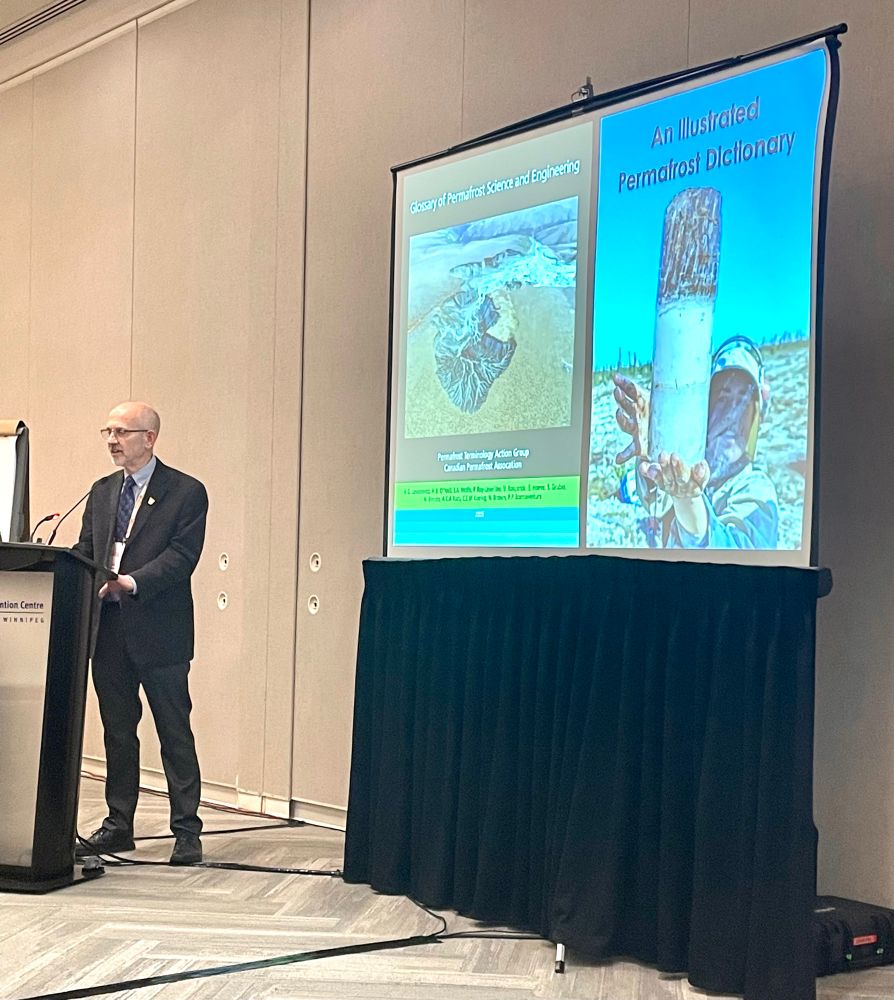
Learn more abt projects: cxli233.github.io/cxLi_lab/res...
Learn more abt projects: cxli233.github.io/cxLi_lab/res...
#StateoftheClimate #StateoftheClimate2024

#StateoftheClimate #StateoftheClimate2024
Read more about the connection between boreal wildfires and permafrost at www.woodwellclimate.org/connection-b...
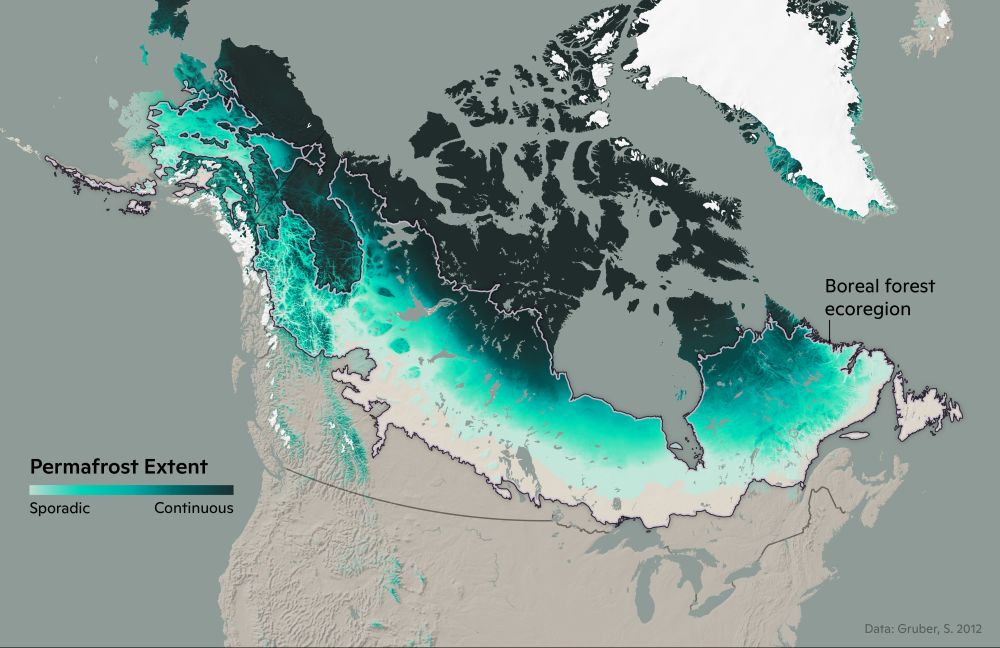
Read more about the connection between boreal wildfires and permafrost at www.woodwellclimate.org/connection-b...
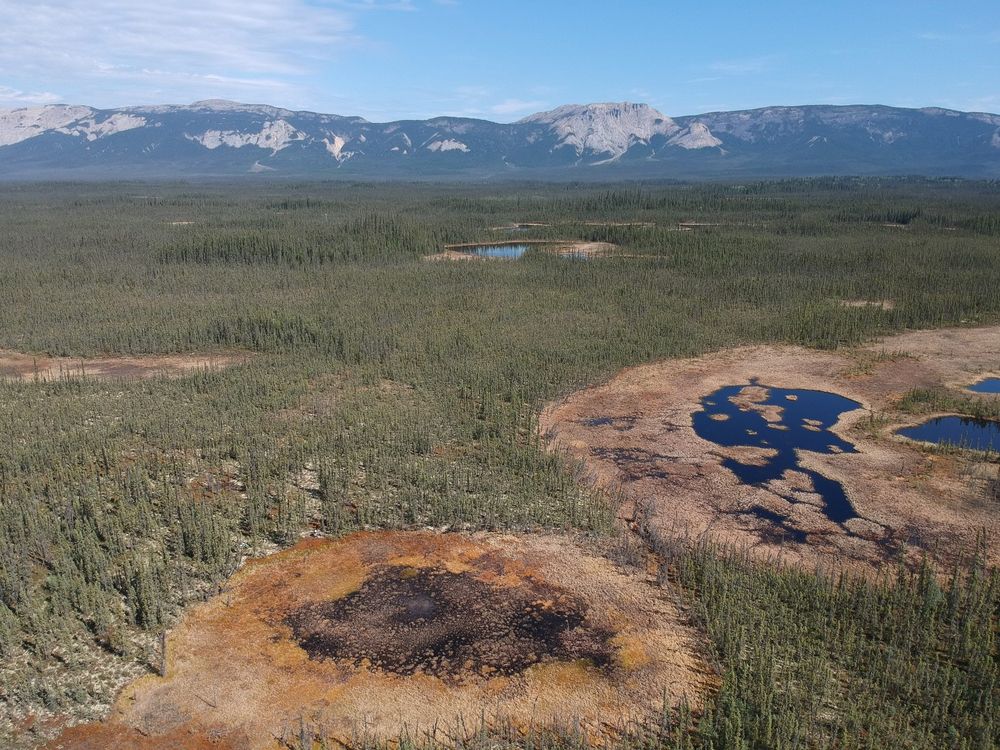
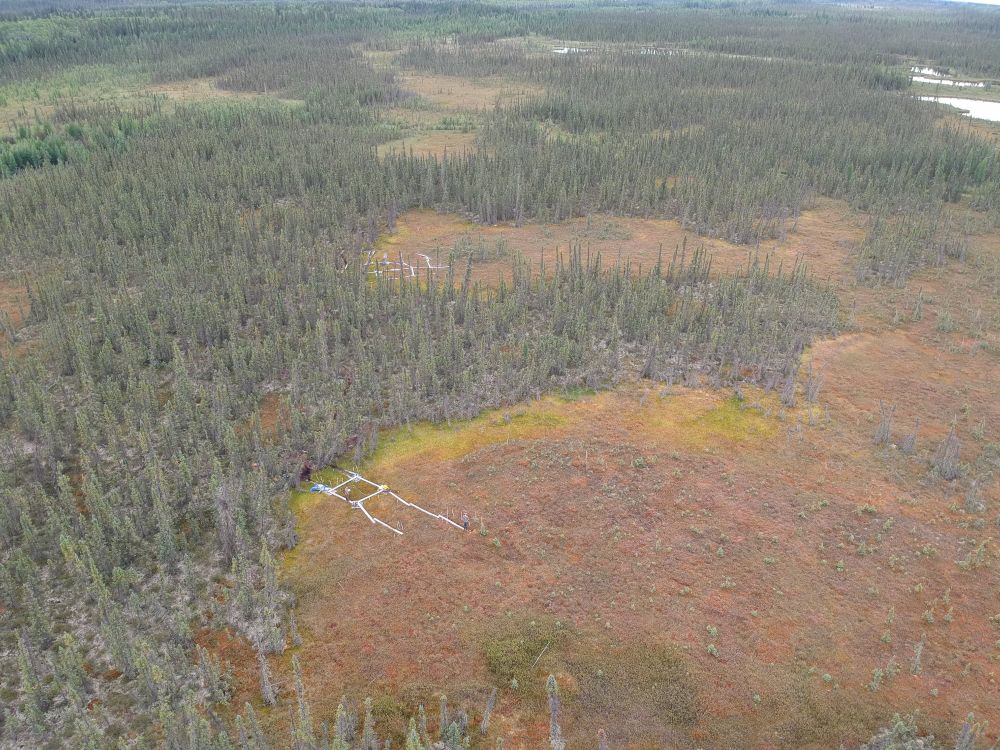
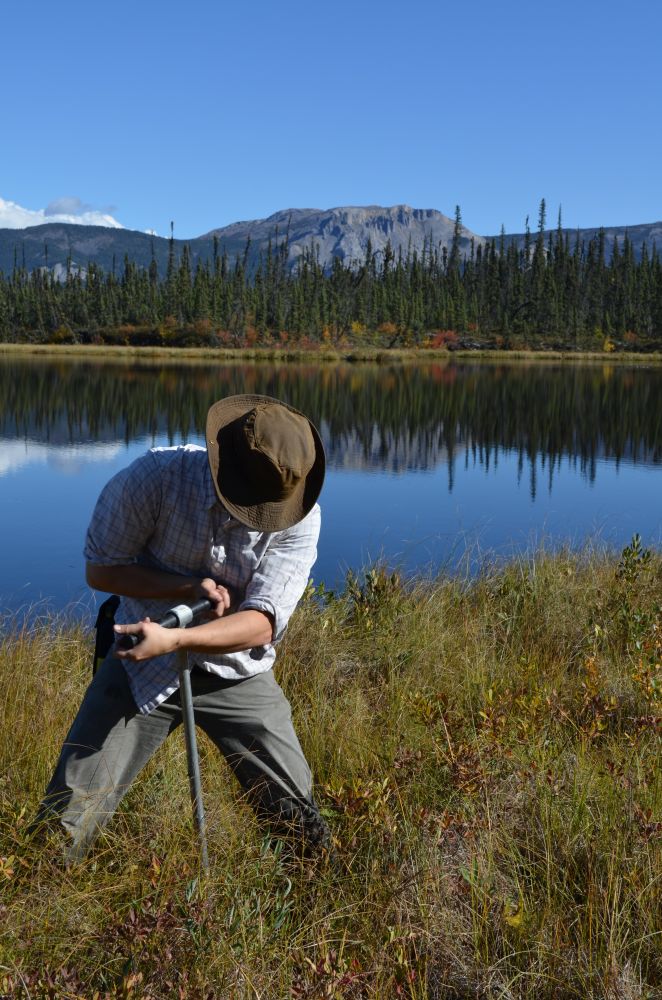

The true costs occur when mitigation fails and adaptation is too slow so we suffer from continually worsening extreme weather events like heatwaves and floods.
Invest now to reduce costs in future.
The true costs occur when mitigation fails and adaptation is too slow so we suffer from continually worsening extreme weather events like heatwaves and floods.
Invest now to reduce costs in future.
In first downstream tasks we will look into Amazon #rainforest height and biomass and arctic-boreal #permafrost soil carbon stocks.
In first downstream tasks we will look into Amazon #rainforest height and biomass and arctic-boreal #permafrost soil carbon stocks.
Please spread the word.
#postdoc #jobsinscience #marinebiodiversity #antarctica
@awi.de @hillebr1.bsky.social @ibaums.bsky.social @thilogross.bsky.social @merenbey.bsky.social 🦑
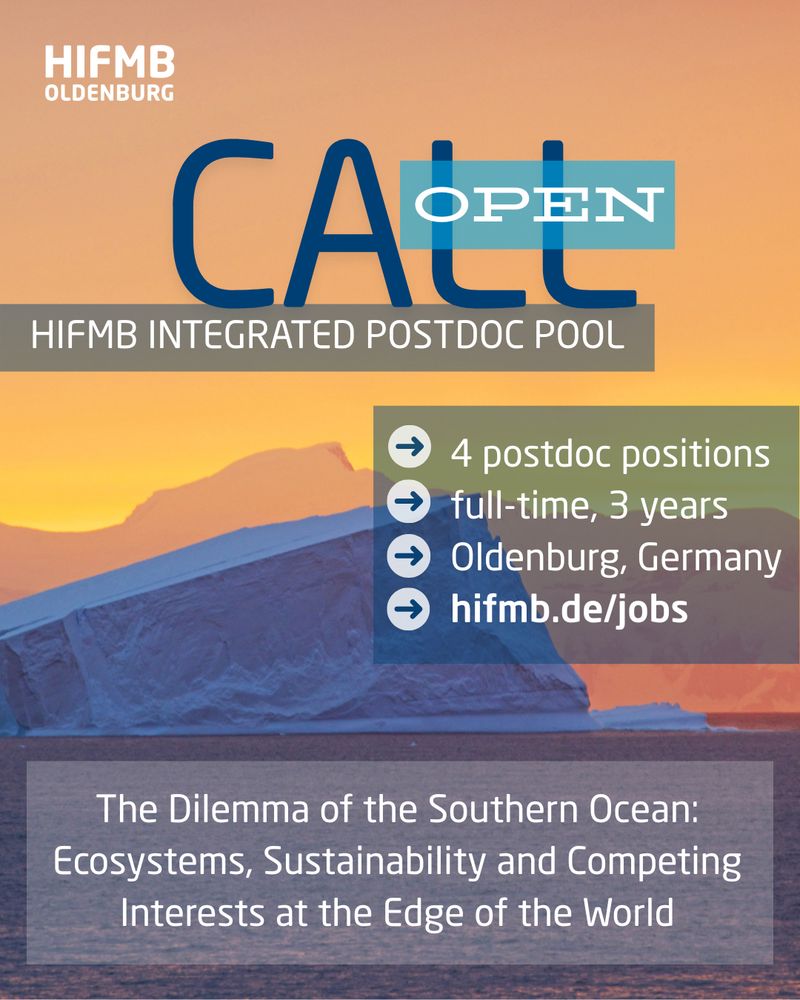
Please spread the word.
#postdoc #jobsinscience #marinebiodiversity #antarctica
@awi.de @hillebr1.bsky.social @ibaums.bsky.social @thilogross.bsky.social @merenbey.bsky.social 🦑
⬆️ Human induced warming now at 1.36C
⬆️ Rate of warming now 0.27C / decade
⬆️ Sharp increase in Earth's energy imbalance
⬇️ Remaining 1.5C carbon budget only 130 GtCO2
essd.copernicus.org/...

⬆️ Human induced warming now at 1.36C
⬆️ Rate of warming now 0.27C / decade
⬆️ Sharp increase in Earth's energy imbalance
⬇️ Remaining 1.5C carbon budget only 130 GtCO2
essd.copernicus.org/...
We'll be adding to this resource 🧵, so please let us know what you'd like to see.
(🗺️ by @cmshintani.bsky.social)
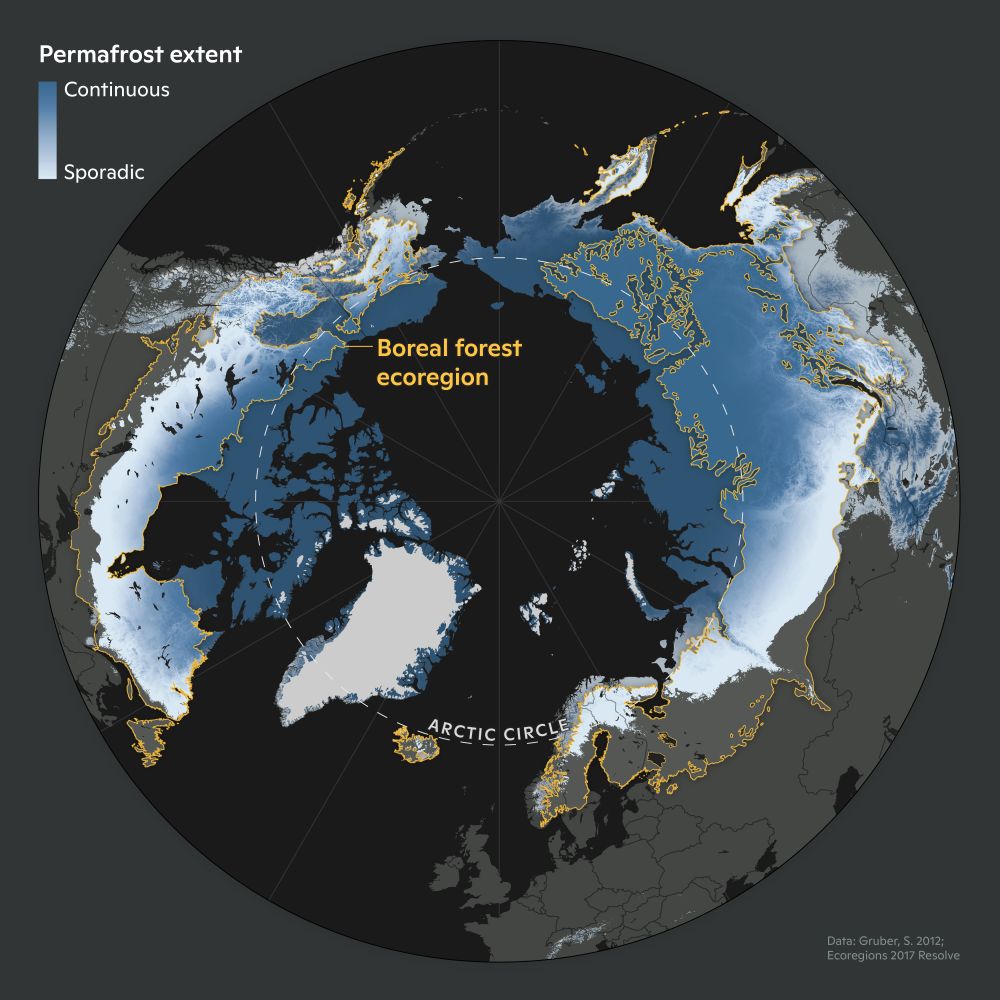
We'll be adding to this resource 🧵, so please let us know what you'd like to see.
(🗺️ by @cmshintani.bsky.social)
doi.org/10.1038/s415...
#radiocarbon in #rivers reveals the age of CO2 they release to the atmosphere.
An active leak of old carbon from land.
🧪⚒️
@joshfdean.bsky.social @oxuniearthsci.bsky.social
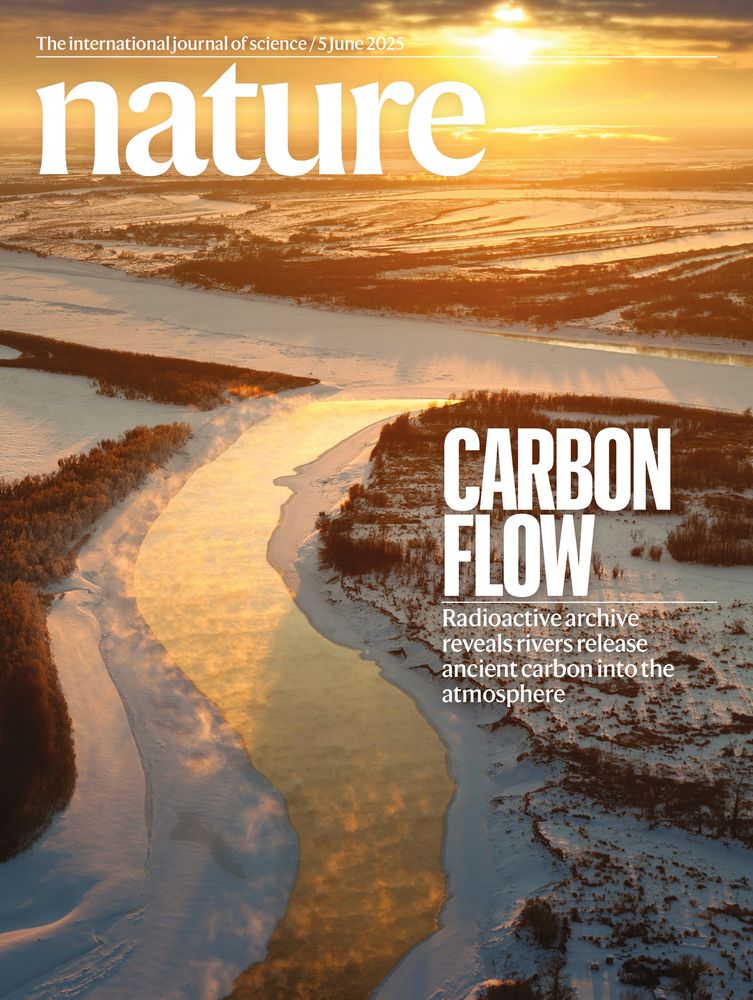
doi.org/10.1038/s415...
#radiocarbon in #rivers reveals the age of CO2 they release to the atmosphere.
An active leak of old carbon from land.
🧪⚒️
@joshfdean.bsky.social @oxuniearthsci.bsky.social
We’re excited to share more info about our upcoming PYRN Fieldwork Webinar Series!
Steve’s talk on fieldwork challenges and planning: url.uk.m.mimecastprotect.com/s/s8wfC4k1pu...
Fieldwork panel Q&A featuring 5 amazing speakers: url.uk.m.mimecastprotect.com/s/9TL1C5l2qh...
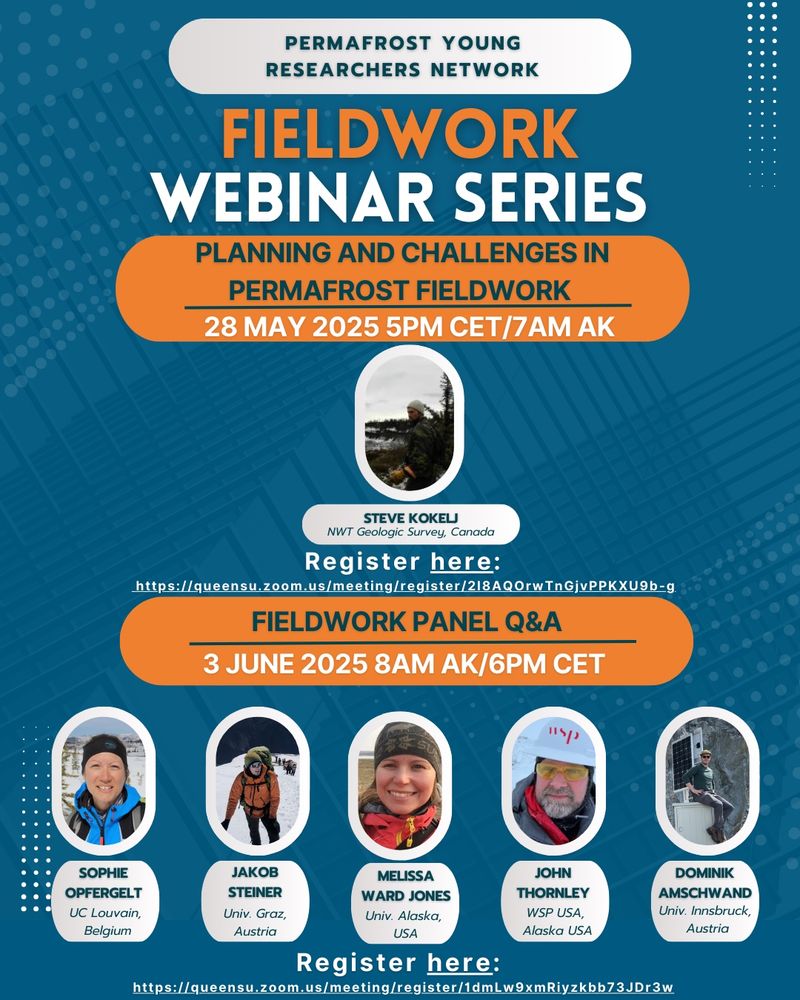
We’re excited to share more info about our upcoming PYRN Fieldwork Webinar Series!
Steve’s talk on fieldwork challenges and planning: url.uk.m.mimecastprotect.com/s/s8wfC4k1pu...
Fieldwork panel Q&A featuring 5 amazing speakers: url.uk.m.mimecastprotect.com/s/9TL1C5l2qh...
Thanks @pnas.org for highlighting our work!
www.youtube.com/watch?v=tQCd...
www.pnas.org/doi/10.1073/...

Thanks @pnas.org for highlighting our work!
www.youtube.com/watch?v=tQCd...
www.pnas.org/doi/10.1073/...
@schaedelc.bsky.social explains: youtu.be/23kR6QPi6HI?...

@schaedelc.bsky.social explains: youtu.be/23kR6QPi6HI?...
🗓️April 3rd, 2025. 1PM EST (6PM GMT)
🗣️Brendan O’Neill
Brendan will be presenting on field and modelling studies of ground ice in Canada 🇨🇦
Register here: queensu.zoom.us/meeting/regi...

🗓️April 3rd, 2025. 1PM EST (6PM GMT)
🗣️Brendan O’Neill
Brendan will be presenting on field and modelling studies of ground ice in Canada 🇨🇦
Register here: queensu.zoom.us/meeting/regi...
www.pik-potsdam.de/en/news/late...

www.pik-potsdam.de/en/news/late...

Read more: www.uaf.edu/news/thawing...

Read more: www.uaf.edu/news/thawing...
Learn more: https://scim.ag/4jPYRID

Learn more: https://scim.ag/4jPYRID


Full press release:
permafrost.woodwellclimate.org/most-earth-s...
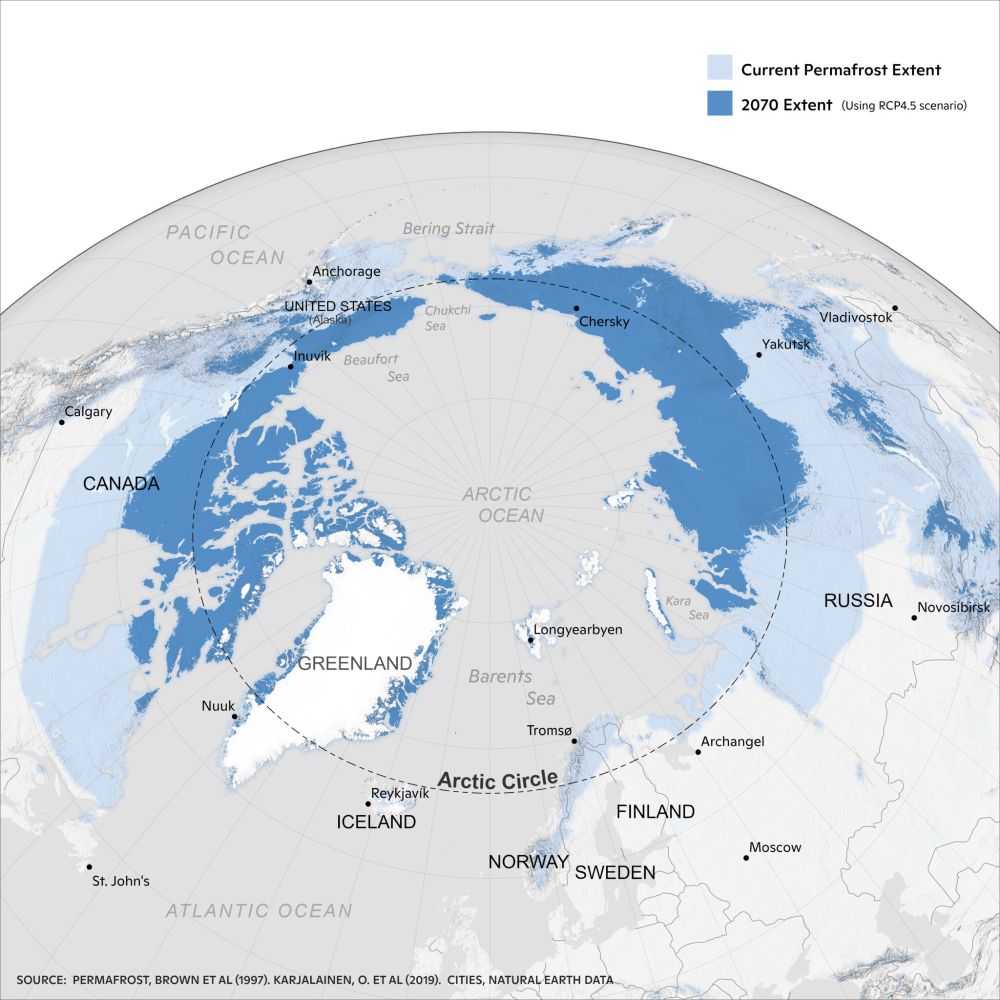
Full press release:
permafrost.woodwellclimate.org/most-earth-s...
Here’s the key conclusion.
Full report: global-tipping-points.org

Here’s the key conclusion.
Full report: global-tipping-points.org

